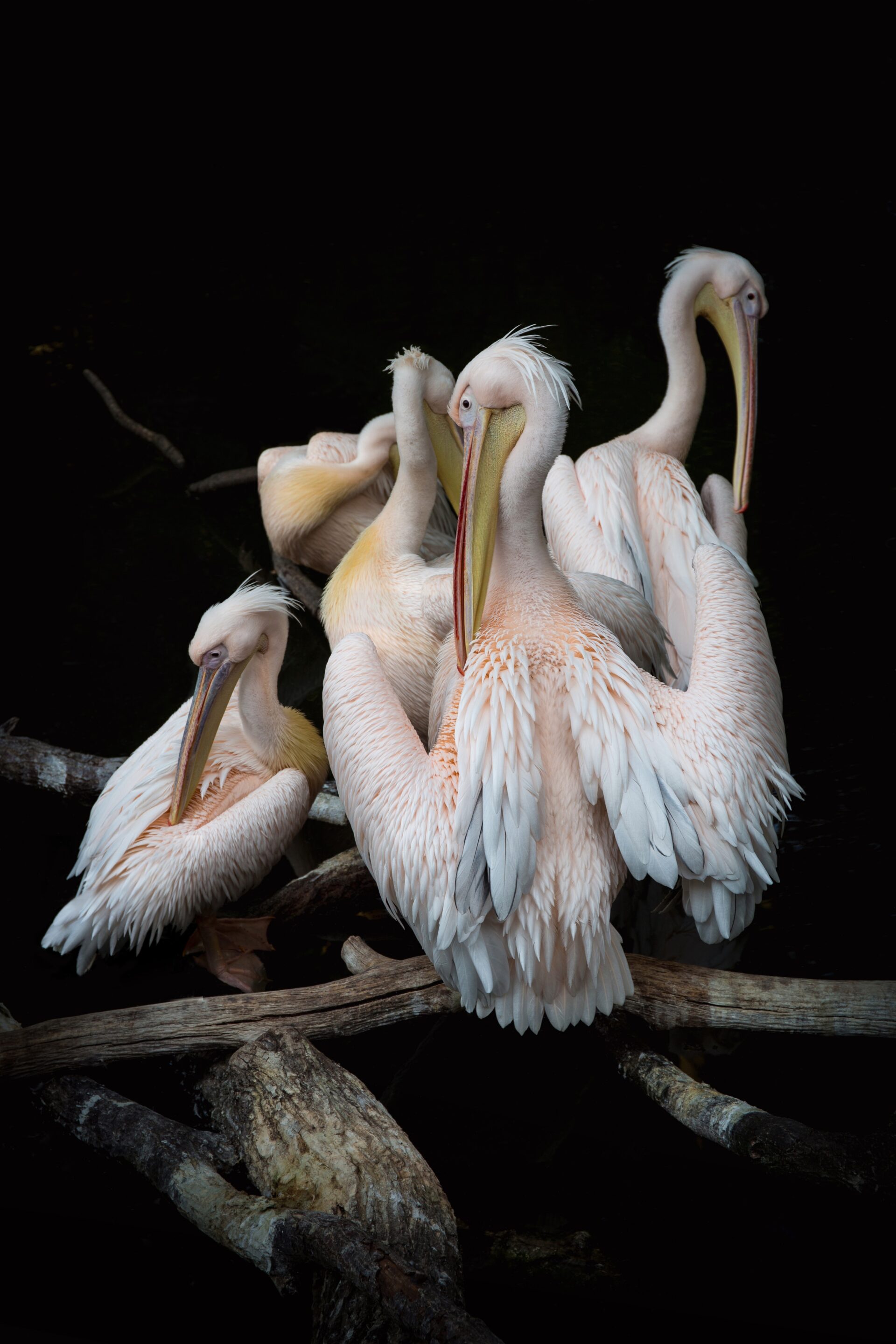What makes a habitat a home? For North American mammals, a new study says, the answer has to do with how hot it gets — and the impact that hotter climate has on the species in its habitat.
“If climatic conditions dictate species’ capacities to persist in anthropogenic landscapes, increasing temperature and precipitation variability may impede efforts to conserve biodiversity in anthropogenic landscapes,” warn Mahdieh Tourani, Rahel Sollmann, Roland Kays, and Daniel S. Karp, for a new report published by Proceedings of the National Academy of Sciences. To put it more simply: If climate conditions make it more difficult for species to exist in certain landscapes, that very fact could impact, and perhaps hinder, conservation efforts.
The authors “leveraged a continental-scale dataset to study variation in how North American mammals respond to forest cover and anthropogenic modification across their ranges. Species were consistently more sensitive to human modification, and more dependent on forests, in hotter regions.” This means “that decisions about enhancing the conservation value of anthropogenic landscapes versus protecting natural areas should consider how species’ habitat affiliations are likely to shift under a changing climate.”
Though the authors do not write this, one would be forgiven for concluding that climate change, caused by humans, must be addressed directly, and cannot be mitigated through conservation efforts, if species are to be preserved.
The authors were interested in three questions. First, are species’ use of forests and anthropogenic habitats “consistent across continental scales”? Second, can spatial variations in how species respond to land use be explained by macroclimatic conditions? And third, can species’ traits show which species will show “climate-dependent associations”?
First, the authors note that the same species may react differently to human interaction and interference in different regions, offering as an example birds in the Atlantic Forests of Brazil, who “appear more sensitive to deforestation near the edge of their ranges compared to their range centers.” The authors thus urge against simple categorization of species, as that may, in fact, “mask” how a given species is actually reacting to habitat conservation. Another way of putting this is that “results indicate that North American mammals exhibit significant intraspecific variation in land-cover responses across space.”
Second, the authors “found that macroclimatic conditions mediated species’ responses to forest cover and human modification across their US ranges, with the maximum temperature of the warmest month being the strongest climatic predictor of species’ land-cover associations.” In other words, yes, climate matters, and it seems to make species seek out more shade.
And finally, on traits determining responses, evidence was mixed.
Perhaps most importantly, the authors found that mammals are more sensitive to human activity in warmer regions, and that climate extremes may hinder human biodiversity and conservation efforts. (Though the authors do not write this, one would be forgiven for concluding that climate change, caused by humans, must be addressed directly, and cannot be mitigated through conservation efforts, if species are to be preserved). Still, the authors suggest that protecting forests is one way to help species endure. Like me, and probably like you, they want to be cool and comfortable in the habitats they call home.




















